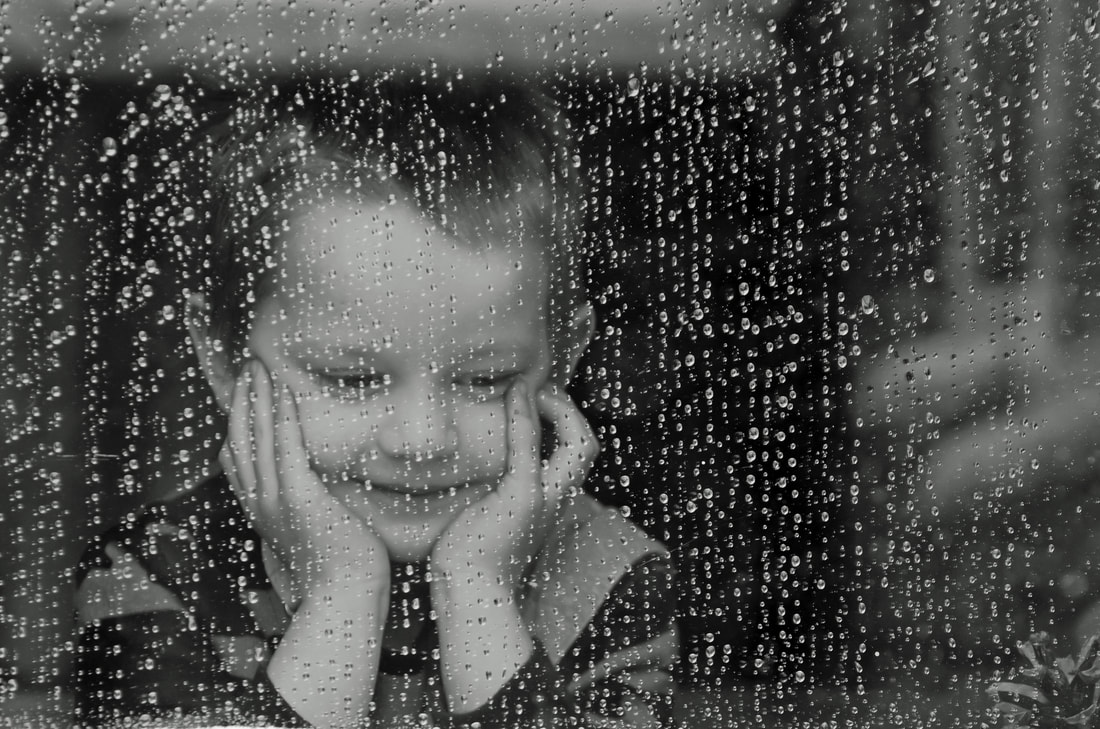* Become aware of the rain tapping against a window, a skylight, a roof or wherever your senses might take you.
* Are you able to see the drops bounce off of solid surfaces or melt away into more absorbent layers of grass, earth or forgotten clothing left to the elements?
* Are you able to feel the rain touch your hand, your head, your nose or your boot?
* Are you brave enough to stick out your tongue for a lingering taste of nature?
* Are you able to smell the rain? Some people can smell the rain before the rain comes. But once it is here the whole world awakens to the fresh, green, living scent. Earth worms love rain. Seeds are nourished into sprouting gems. Roots slurp moisture right up to the tips of their tiny bursting buds.
* How do you hear the rain? Feel the rain? See the rain? Smell the rain? Taste the rain? The rain lives in the apples and oranges, carrots and cucumbers, all the food Mother Nature provides. We eat a little bit of rain every day.
* Take some time to be with the rain with any or all of your senses open and aware.
OR
* Maybe you would prefer to experience this from the safe, quiet, cozy comfort of your home, or another room in your mind. Close or soften your eyes. Take a long, slow, deep breath in and slowly and quietly release your breath out, longer than the inhale if you can. Try to close your senses to all but the sound of the rain. If other sights or sounds or smells come into your awareness, just acknowledge them and then let them go, bringing your attention back to the rain...just the sound of the rain. Listen acutely. Let your other senses rest as you bring only the steady dripping or dropping or dribbling of the rain into focus. Notice if it slows or quickens, if it splashes or slides, if it bristles and blows or relaxes into a hush. Allow the rain to teach you to be mindful, to put all your attention on just the rain. Be grateful for the rain.

R: Recognize your feeling in the moment. Put a name to the feeling if you can. This reduces the power associated with the feeling.
A: Allow the feeling to be there. Don't try to change it. Just acknowledge it. It is just a feeling. It might be uncomfortable but it is not you. It will pass. It will not stay forever.
I: Investigate the feeling, with kindness. Where is it in your body? How is it making your body feel? What is it making you think? Be a detective and investigate the situation caused by the feeling, but do it kindly. Don't criticize.
N:NON-Identification. This is just a feeling. It might not be a nice feeling but neither is it you. It is just a feeling that will go away. It might come back but it will go away again. It is not you. Do not hold onto it, thinking that you are the feeling. You are not. It is like the fish in the pond, the clouds in the sky, the apples on the tree. They are part of the whole but they are not the whole. Feelings are part of you but they are not you! Instead of saying, "I am sad", you could say "I feel sad." Instead of "I am mad", say, "I feel mad." Your emotions are just feelings.
You will have many feelings in a day and certainly in your lifetime. You may need to do this exercise over and over again.
RECOGNIZE THE FEELING - name it to tame it
ALLOW THE FEELING - Acknowledge it for what it is - just a feeling - not you
INVESTIGATE THE FEELING - be kind as you find where it is sitting and how it feels
NON-IDENTIFICATION - the feeling is just that, a feeling, not who you are


 RSS Feed
RSS Feed
